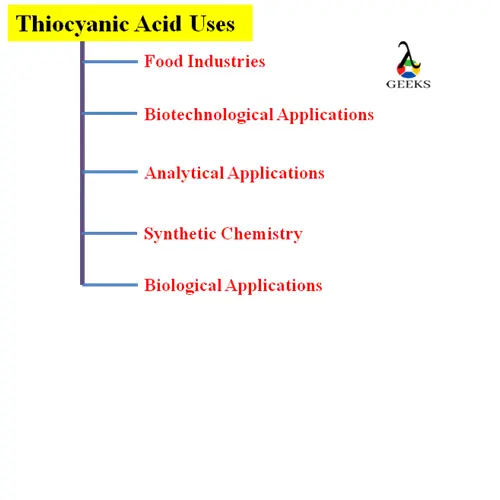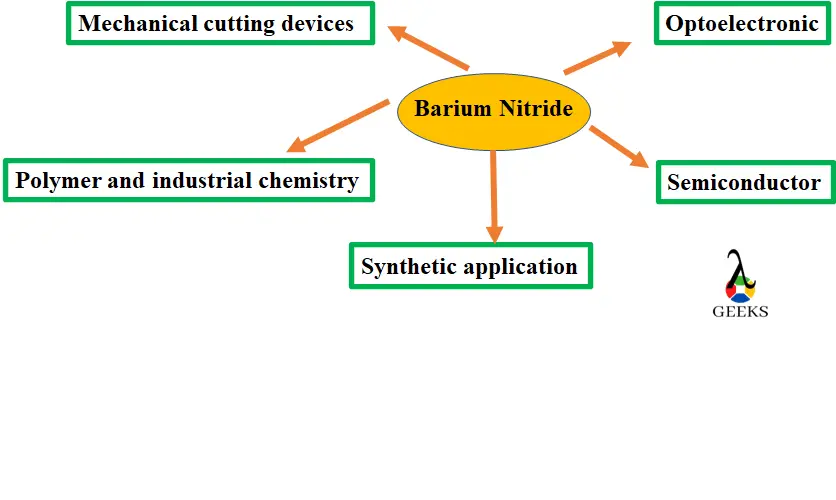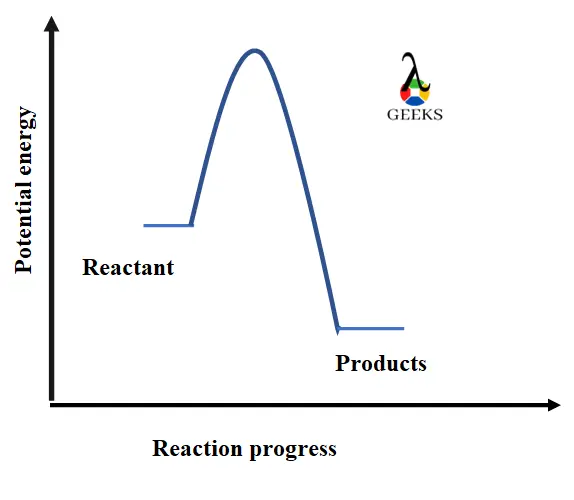5 Thiocyanic Acid Uses : Facts You Should Know!
Thiocyanic Acid is a chemical compound having molecular formula HSCN and molecular mass 59.09g/mol. Let us now gather more insight about this compound. Thiocyanic Acid uses are listed below-, Food Industries Biotechnological Applications Analytical Applications Synthetic Chemistry Biological Applications Let us have a look into the different properties and uses of Thiocyanic acid in detail … Read more


